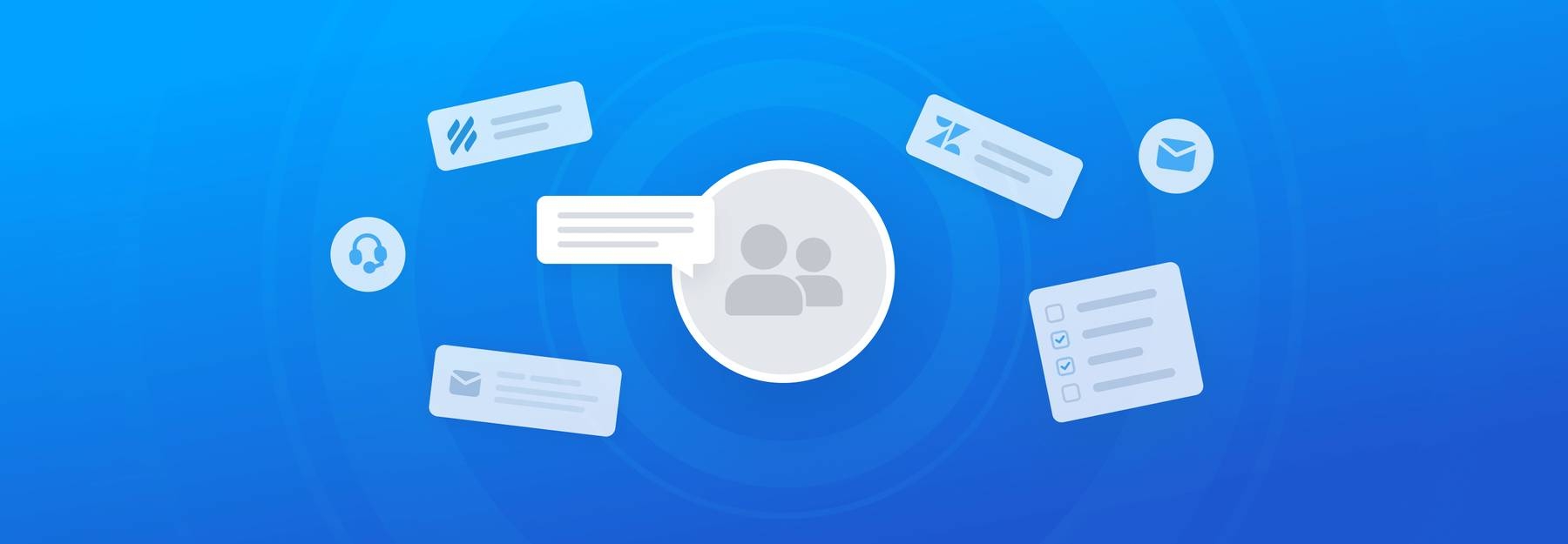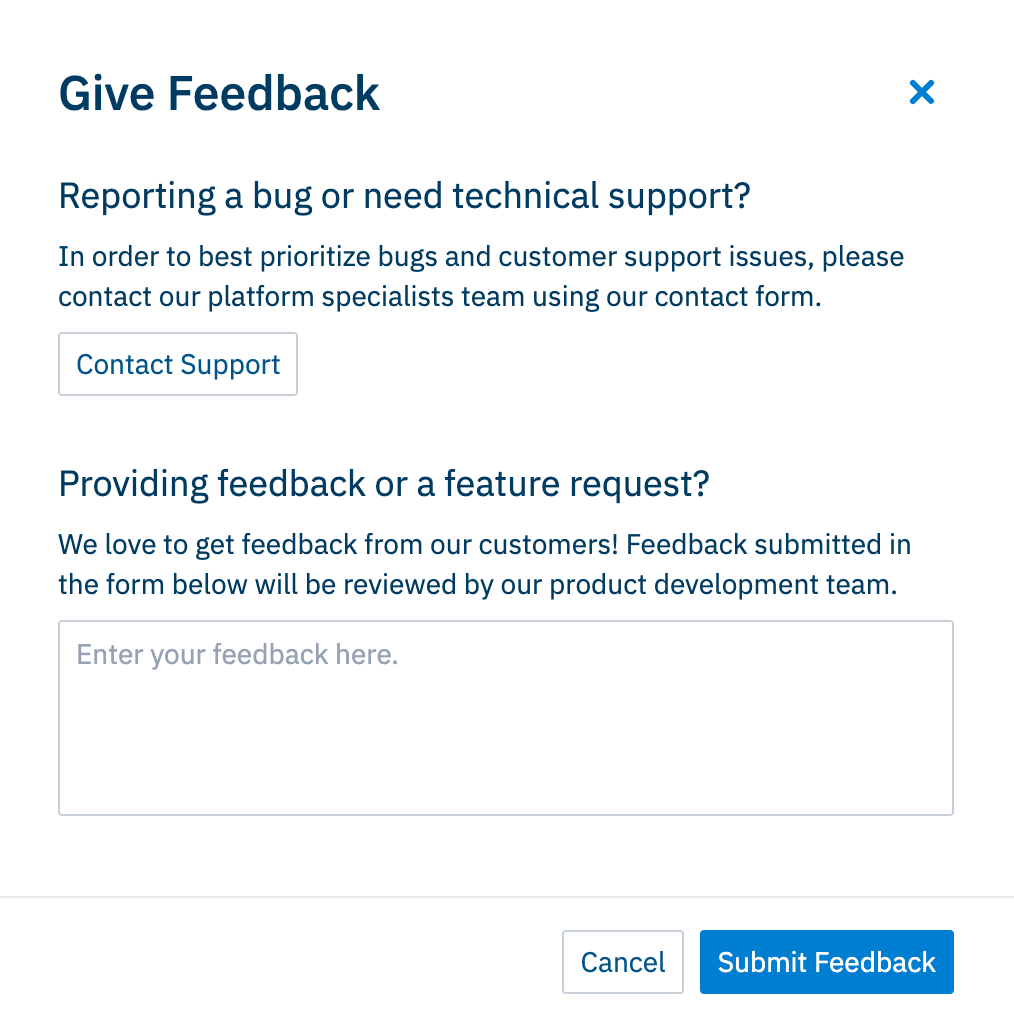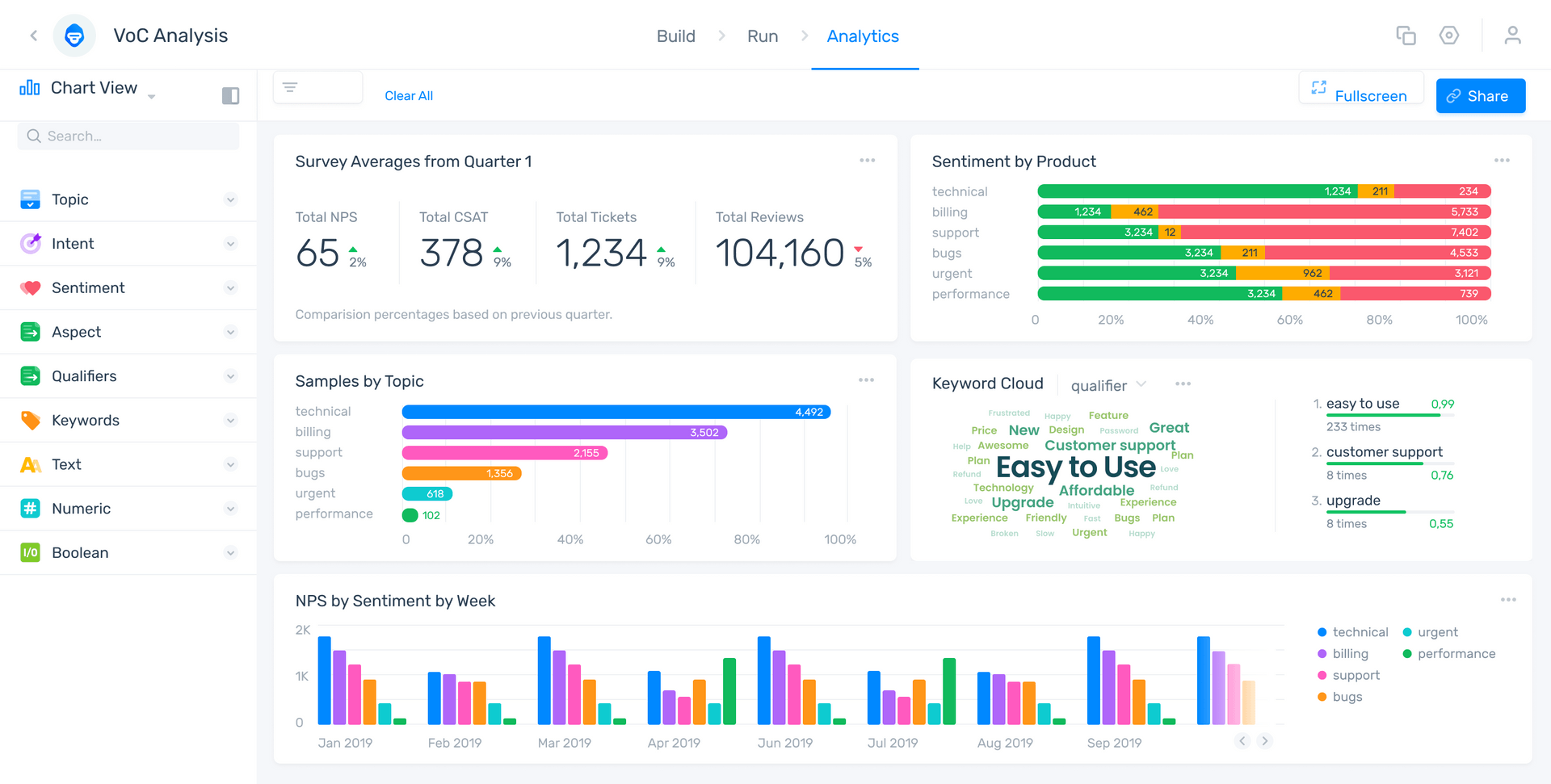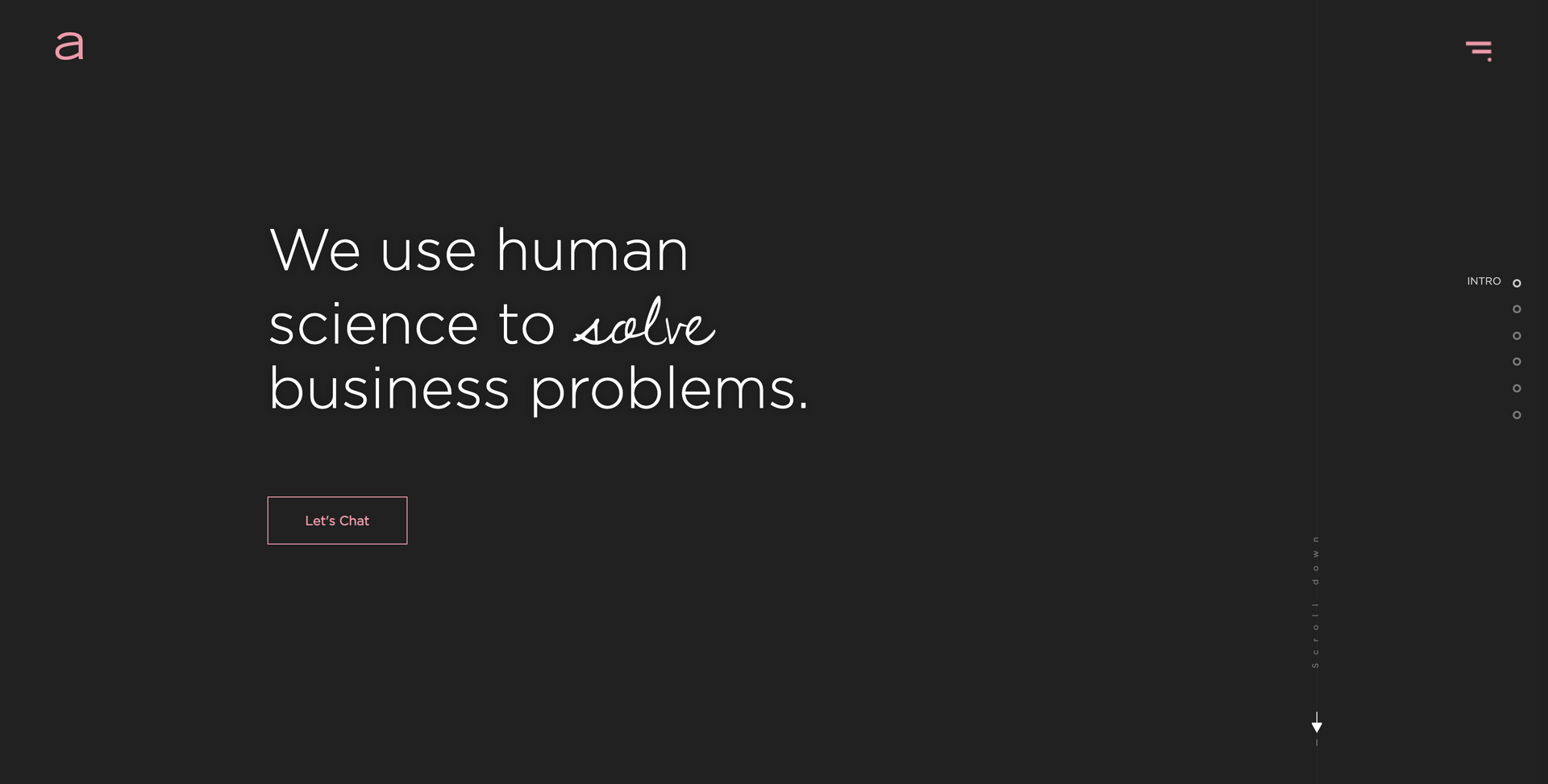What Is Voice of the Customer? How To Set Up Your Own VoC System

Half of customers worldwide say that customer experience is more important to them now than it was just a year ago.
Customers’ expectations are higher than ever, and companies need to keep a constant watch on the entire customer journey, to understand how they can improve their products, services, and overall customer satisfaction (CSAT).
This is where voice of the customer (VoC) comes in.
Voice of the customer is defined as the feedback and opinions collected from your customers from all over the web, and beyond.
In this guide, you’ll learn what voice of customer is, why it’s important, and how to build your own voice of customer program using a solid feedback loop system.
Let’s dive in!
- What Is Voice of the Customer (VoC)?
- Why Is Voice of Customer Important in 2022?
- Voice of Customer Methodologies
- Building Your Process for Voice of Customer
- Voice of Customer Focus for Team Leaders
- Voice of Customer Program Best Practices
- Voice of Customer Business Examples
What Is Voice of the Customer (VoC)?

Voice of the customer (VoC) is used to describe how customers talk about your brand, products, and services. VoC gauges customer expectations across the entire customer journey, allowing businesses to become more customer-centric, improve products and/or services, and increase customer retention.
VoC analysis aims to understand the underlying feelings in customer feedback, and enhance customers’ overall happiness with a brand or organization.
Creating a voice of customer program is helpful for individual teams across your business, so they can focus first on specific issues that they know how to handle – but the ultimate goal is a holistic, streamlined process for sharing VoC across the whole organization, to encourage teams to work together and better serve the customer, overall.
Why Is Voice of the Customer Important in 2022?
Voice of customer helps businesses improve their products or services and inform product development, so they can refine their offerings into something customers truly feel good about spending money on.
US businesses lose $136.8 billion a year to preventable customer churn, and reports show that just a 5% increase in customer retention can increase profits by 25 to 95%.
VoC analysis has become the most important tool for business improvement and growth because it offers a clear roadmap for customer success. And once your VoC process has been set up, it works 24/7 and in real time to ensure you’re using all customer data at your disposal.
For example, support teams can analyze feedback to uncover commonly occurring pain points and product deficiencies. This information can be used to understand how to better educate customers or passed on to product managers.
PMs can then use this VoC analysis to create new products and features that better serve the customers’ needs. And once bugs have been fixed or new features implemented, CS leaders and support teams should close the customer feedback loop to inform their customers that changes have been implemented.
Then, of course, once you’ve discovered how to retain your customers, your sales and marketing teams will have all the information they need to attract new ones.
Voice of the Customer Methodologies

There are many ways in which you can listen to the voice of your customers.
Below, we’ve listed the most popular VoC methods. Each offers a different approach to data collection and will capture different types of data. Some may be more beneficial to certain internal teams, but using them all in concert will ensure you build a best-in-class VoC program.
Surveys
Sending surveys to ask customers exactly the information you want to find out, is often the most direct way to elicit VoC feedback.
You can collect regular customer satisfaction (CSAT) surveys and Net Promoter Score (NPS) surveys via live chat, email, or in-app after distinct customer journey touchpoints, like after purchase, after onboarding, or upon cancelation, so you come to understand individual pain points.
The example below from Buffer shows an NPS survey asking the simple question, “How likely are you to recommend [our product or service] to a friend or colleague?” This will give you immediate quantitative feedback (on a scale of 1 to 10) that’s easy to analyze.

And the second question, “Please tell us why you gave this rating,” elicits an open-ended response. Although slightly more difficult to analyze than NPS scores, respondents will leave qualitative feedback – responses in their own words (or voice) – resulting in more detail and more nuanced opinions.
Social media
Sometimes the best VoC feedback is completely unsolicited – when users simply feel compelled to offer their unguarded opinions about brands and their products or services.
Performing regular social listening through analyzing sentiment in customer conversations, you'll be able to react immediately to negative comments, promote positive ones, and respond directly to support inquiries.

Your VoC analysis can be set up to find not only mentions of your brand, but automatically organize them by subject or department. The above, for example, could be tagged as a complaint about a New Feature, and automatically routed directly to the marketing team.
Feedback forms
Feedback forms are similar to surveys, but they allow customers to report more specific issues. They can be available with a simple click on your website or app. Feedback forms are ideal for discovering bugs or recurring product problems, because once you’ve received more than a few comments on the same customer pain point, you’ll know that it’s something you need to fix.
They can be broad, offering the chance for customers to leave very general VoC feedback. Or, with the help of drop-down menus, you can direct the feedback to individual teams within your company.
The example below from Amplitude gives open space for a customer to make a feature request or allows them to contact support directly with an immediate problem.

Website behavior
There’s a wealth of quantitative VoC information to be uncovered from analyzing how your customers use your website: follow click throughs, purchases, repeat visits, time spent on your site, etc. Tools like Hotjar, Google Analytics, and CrazyEgg can extract this data to help understand CX and show you how your customers interact with your website or app.
This is generally strictly numerical information, but when you combine it with open-ended comments from feedback forms and surveys, you can understand why your customers are exhibiting the behavior they are and how their actual behavior compares to their perceptions of your product or services.
Chatbots
Chatbots are a perfect tool for helping solve many common customer issues that don’t require interaction with a support professional, but they can also be great for collecting VoC data.
Some of the problems they’re set up to solve will be obvious. However, when new recurring issues arise, that you hadn’t considered, you’ll know it’s time to reconfigure the chatbot to assist customers more thoroughly. Or you may need new product features, better onboarding, etc.
The example below from Loom shows how a chatbot guides users through FAQ subjects. Ideally, the bot will be able to answer their questions immediately, but if they still need to chat with a customer service rep, the category of their issue will already be known when the support ticket is opened.

Recorded phone calls
Many customer service and sales interactions still happen over the phone. You can record the calls and analyze them to follow how well your staff is performing.
Tools like Gong analyze sales calls to find out when customers may be in danger of churning and find out which sales associates are performing best – right down to analyzing tone of voice for empathy and relatability. You can even “clone your best sellers,” by analyzing their speech and keywords to understand why they perform better than others.
If you’re selling a product, you might want to know which keywords arise most often. Security can be a huge market differentiator, as well as a deal maker or breaker for SaaS companies, for example. With Gong, you can hone in on all the excerpts from your calls that mention security, so you can identify exactly what customer concerns are in relation to this topic.

Customer reviews
There are dozens of online product and service review sites full of powerful VoC data that you can extract with web scraping tools or directly with APIs. Similar to social media comments, they offer candid, open opinions, but they usually go into much more detail.
You’ll find customer reviews on:
- General evaluation sites, like Consumer Reports, TrustPilot, and ConsumerSearch
- Software review sites, like TrustRadius, Capterra, and G2
- Dining/travel reviews, like TripAdvisor, Yelp, and Google My Business,
There’s plenty of review information about your business on the web. And you definitely need to know what customers are saying, especially when 56% of consumers read at least four reviews before buying a product.
Building Your Process for Voice of the Customer

The VoC process and results will look different for different companies, and for each team within the company. There’s no one-size-fits-all process. Each company and each team needs to ask themselves:
- What are my goals? What do I need to find out? Are you simply following sales and demographics statistics? Are you aiming to design new features or find new use cases?
- What kind of data do you need to capture and what technology will you need to use to get this data?
- Once you have the data you need, what are the best tools to analyze it, and how can you share the results with other relevant team leaders and across the whole organization?
Here’s a basic look at how to launch a VoC program in just three steps:
- Collect your customer data – create surveys and collect internal and online data
- Analyze your data – put machine learning to work on your VoC data
- Take action – visualize your data for powerful insights
1. Collect your customer data
You’re likely already collecting a lot of VoC data from CRM systems, customer service feedback tools, emails, and more.
VoC survey applications like Typeform and SurveyMonkey can walk you through creating and implementing custom surveys and collecting survey data.
Web scraping tools allow you to extract customer comments from social media, online reviews, and more. And many sites, like Twitter and Facebook, even offer APIs to connect directly to their data.
2. Analyze your customer data
As the amount of data and data sources increase and the needs of individual team leaders change, manual VoC analysis is no longer viable.
On top of all this, customer expectations have only grown during the pandemic. According to the American Customer Satisfaction Index (ACSI), the average CSAT for American companies had the largest quarterly drop from Q2 to Q3 last year (by 1.2%) in almost 20 years.
That’s why more and more companies are adopting AI solutions like text analysis. Text analysis tools are ideal for automatically analyzing your VoC data and facilitating customer communication. They can gather and analyze your customer feedback in real time, with immediately actionable insights.
3. Take action
When your VoC tools are in place, you’ll be able to follow VoC as it changes from day to day and minute to minute. You’ll have your finger directly on the pulse of your customers to understand how well your marketing campaigns are working or how they like new product features, right after release.
Once you’ve analyzed your data, you’ll have a clear picture of which aspects you need to improve. By taking action and closing the loop, you’ll be able to respond directly to your customers’ needs and let them know you’re listening, which can go a long way in improving customer loyalty and satisfaction rates.
Let’s dig in and find out how VoC can work for individual team leaders.
Voice of the Customer Focus for Team Leaders

Voice of the customer analysis is key for businesses, and each team will need to create a voice of customer program that works for them.
Let's take a look at the different ways in which different teams can benefit from a comprehensive voice of customer program.
Product
PMs can put VoC feedback to work for them by uncovering key problems with a product or service: what works for customers and what doesn’t?
According to a 2020 survey of leading product managers, 52% of PM teams say that their products and features are primarily inspired by customer feedback, yet only 10% feel that they successfully capture product feedback from all available sources.
VoC analysis can be a really big deal for PMs to define and prioritize a product roadmap and follow the whole customer/product lifetime. This will inform product and feature roll-outs and discover whether products are meeting the needs of customers.
Customers could be regularly discovering new use cases for your products or suggesting minor tweaks that could have a huge impact on the usability.
Customer Success
Customer success is all about product value and ensuring that customers are well informed and able to use a product or service to achieve their goals. Analyzing VoC feedback will allow CS leaders to create a stronger bond with customers, which helps build trust and customer loyalty.
Much like product managers, CS leaders should use a horizontal approach to VoC, to view CX as a landscape or continual journey.
Following VoC results will help CS teams prioritize feedback from the most important customers and increase MRR. Performing regular customer health analysis with VoC feedback from support interactions and in-app or web chats will alert you when a customer may be in danger of churning, so you can step in and right the wrongs.
This could mean offering more training or better understanding each customer’s specific goals and tailoring the onboarding process to keep them happy.
You can also home in on the severity of any given issue and find out if it’s something that affects all of your customers or only just a few. Working in concert with PMs, CS leaders can follow the whole customer journey and pinpoint and rectify the most pressing issues along the way.
Support
Support teams should take more of a vertical approach to use VoC to dig into individual problems. Can you count the number of times an issue has occurred and for how many customers? This will help you choose which problems to tackle first, based on urgency and severity.
Expanding on this to build a customer support ticket management system can help funnel all of your customer support to one place, to streamline processes, facilitate data collection, and keep you in touch more closely with your customers.
Not only is a ticket management system great for VoC analysis but overall support improvement – especially given a recent Zendesk CX trends report that shows that 64% of customers used a completely new support channel in 2020 and 73% of them plan to continue to use it. 2020 also saw a 36% growth in customer/business communication on in-app messaging, 75% in SMS/Text, and a full 110% in social messaging.
In the age of VoC, you need to create a seamless, omnichannel experience for your customers. And customer support integration tools like Zendesk, Freshdesk, and Service Cloud can be a huge help.
Sales
Implementing a VoC program can increase upselling and cross-selling by 15-20% and companies that do it successfully spend 25% less on customer retention.
You can follow your marketing campaigns online and across social media to understand what’s working and shift immediately when they’re not quite resonating with customers. Or use organic social praise to highlight positive company mentions.
When sales teams understand customer pain points – with their own products and services and those of the competition – they’ll be more equipped to help existing or potential customers find a solution that works for them.
Voice of the Customer Program Best Practices
1. Foster a cross-departmental culture of collaboration
As businesses grow, teams often become siloed. They don’t have time to share information, communicate with other teams, and have their own goals and priorities that they need to focus on.
However, to build an effective VoC program you’ll need to foster a culture of cross-collaboration by creating cross-functional teams. This involves all teams, from marketing to sales, and product to finance, working together to collect, analyze and take action based on insights gathered.
Team collaboration helps you centralize your data so that your employees can understand every aspect of the customer journey, and create a truly customer-centric experience.
2. Map your customer journey
VoC isn’t just about individual touchpoints, it’s about the whole picture – CX across the entire customer journey. To get the most out of your voice of customer program, you’ll need to follow the customer lifetime from start to finish.
3. Provide multiple channels where customers can leave feedback
Ask for customer feedback in pop-up surveys on your website or in chat bots – or directly after customer support interactions. Follow feedback on social media and online reviews. Make it as easy as possible for your customers to let you know when something’s not working or suggest new features.
4. Visualize VoC results in a dashboard
When you’ve analyzed all of your feedback, dashboard visualizations can be extremely helpful to get a wide view or dig into the details of VoC from different channels and relating to different aspects of your products and services. They can also be a great way for other teams to quickly understand what’s going on.

5. Listen to voice of employee (VoE)
Voice of employee uses similar techniques to VoC but on your internal teams. It will help make sure that communication is flowing smoothly. And, of course, the happier your employees are, the more efficient and effective they’ll be.
Voice of the Customer Business Examples

So exactly how does VoC work in the real world? Let's take a look at these voice of the customer examples:
Amazon

Jeff Bezos has created the world’s largest retailer by focusing on the voice of the customer.
To this day, he has his own public email address – jeff@amazon.com – that he regularly responds to or forwards to relevant team leaders. And he has even famously required that senior executives attend call center training, so they will understand VoC from the ground up.
Anstice

Research and marketing group, Anstice, uses surveys to understand VoC for their clients. Anstice used SurveyGizmo to gauge public opinion around building a large infrastructure project.
They asked open-ended questions, and using machine learning, automatically organized 14,000 survey responses according to subject, respondent demographic, keywords, sentiment, etc.
This allowed Anstice to save hundreds of hours of manual (and less accurate) analysis to get super fast results and truly understand the VoC of the public to help their client decide the best course of action.
BarkBox

BarkBox, a monthly subscription service for dog treats and toys is considered the gold standard when using VoC and online feedback to engage with customers.
Their regular direct connections and quirky interactions with customers have built customer loyalty and increased brand awareness.

Conclusion
By setting up your own voice of customer program, you’ll be able to understand your customers’ needs – to streamline processes, improve products, reduce churn, and increase revenue. And there’s no doubt that businesses need to turn to AI tools to help them listen to and better communicate with their customers.
MonkeyLearn is a powerful text analysis platform that allows you to train machine learning tools to the needs and criteria of your business, and set them up to follow VoC constantly for real-time, data-driven decisions.
There is no “one size fits all” solution to VoC. But with MonkeyLearn’s tools and versatility, you can design individual programs for each of your teams and easily communicate the results.
Set up your VoC analysis, have it run 24/7 and in real time, and automatically see the results in an easy-to-use, interactive dashboard.
Take a look at all of MonkeyLearn’s tools to see how they can help you understand your business’s voice of the customer.
Or sign up for a free MonkeyLearn demo for a personal walk through the VoC process.


